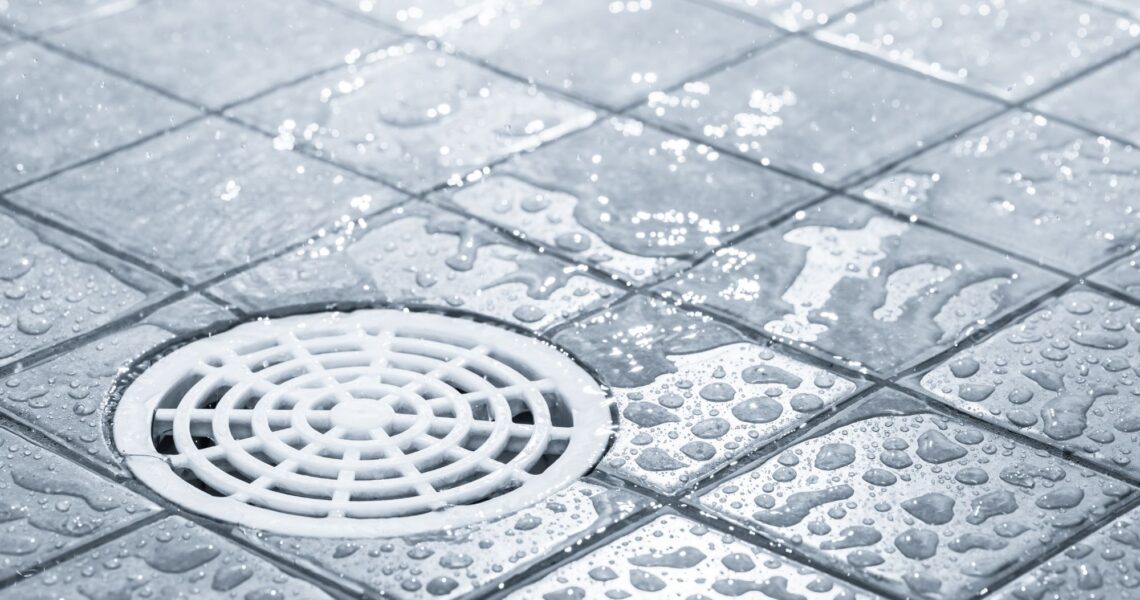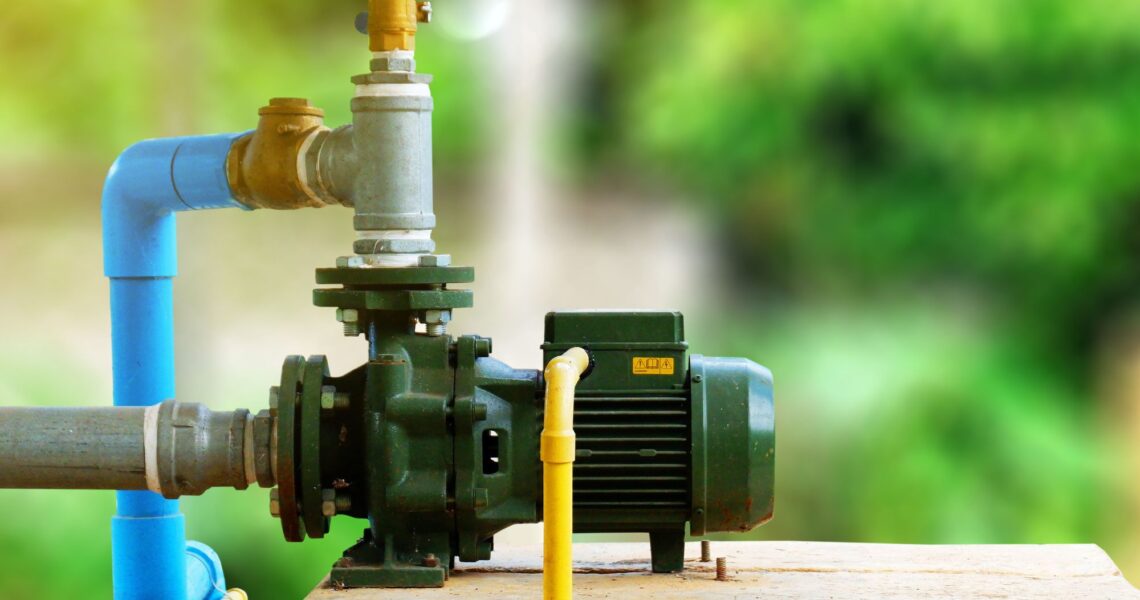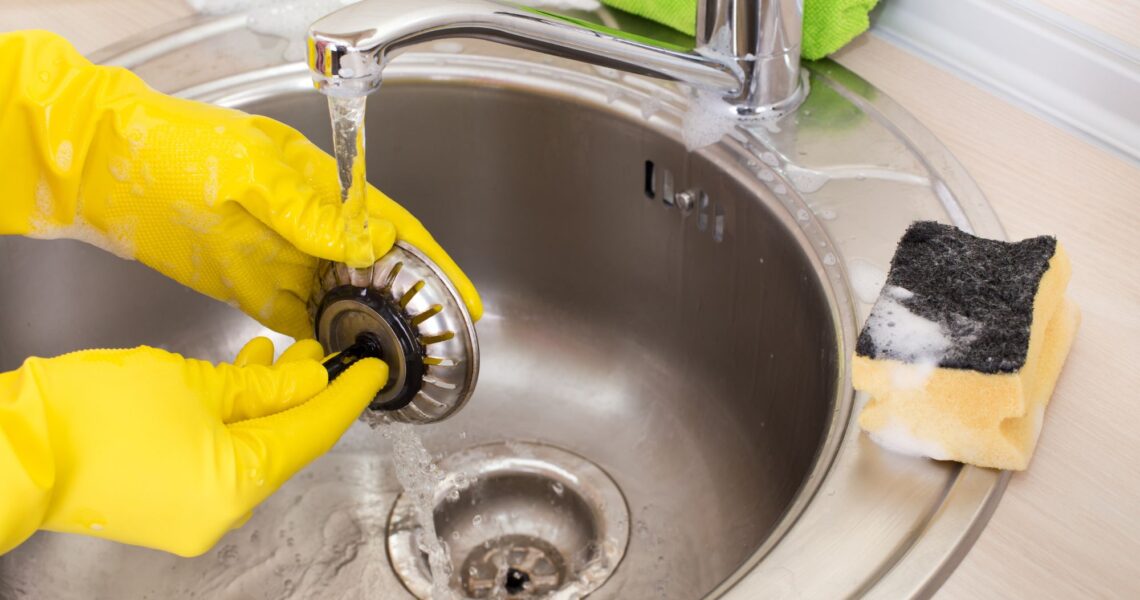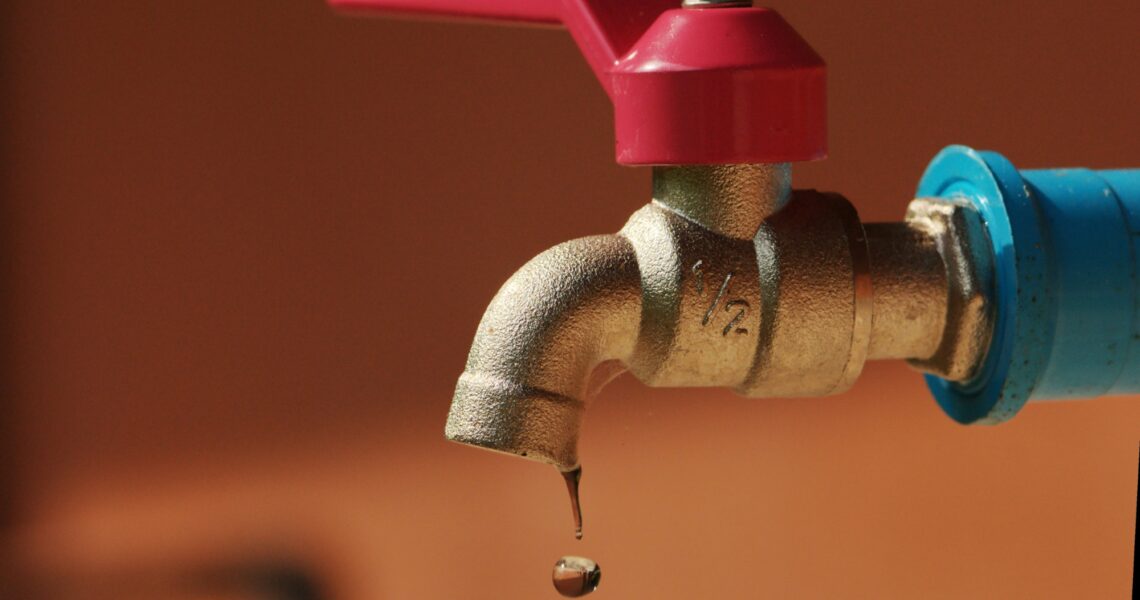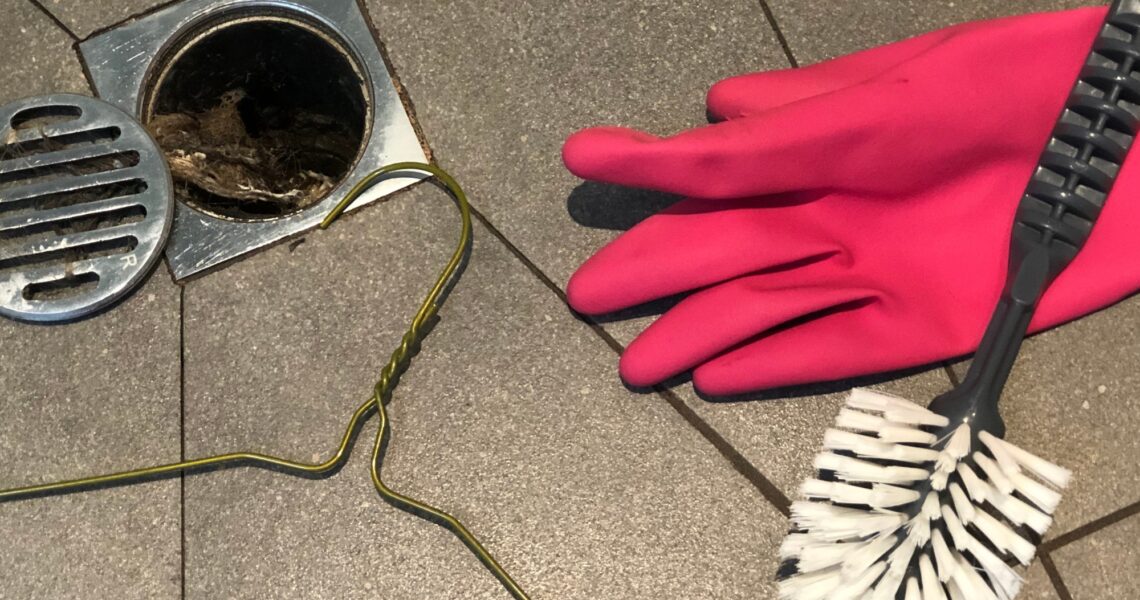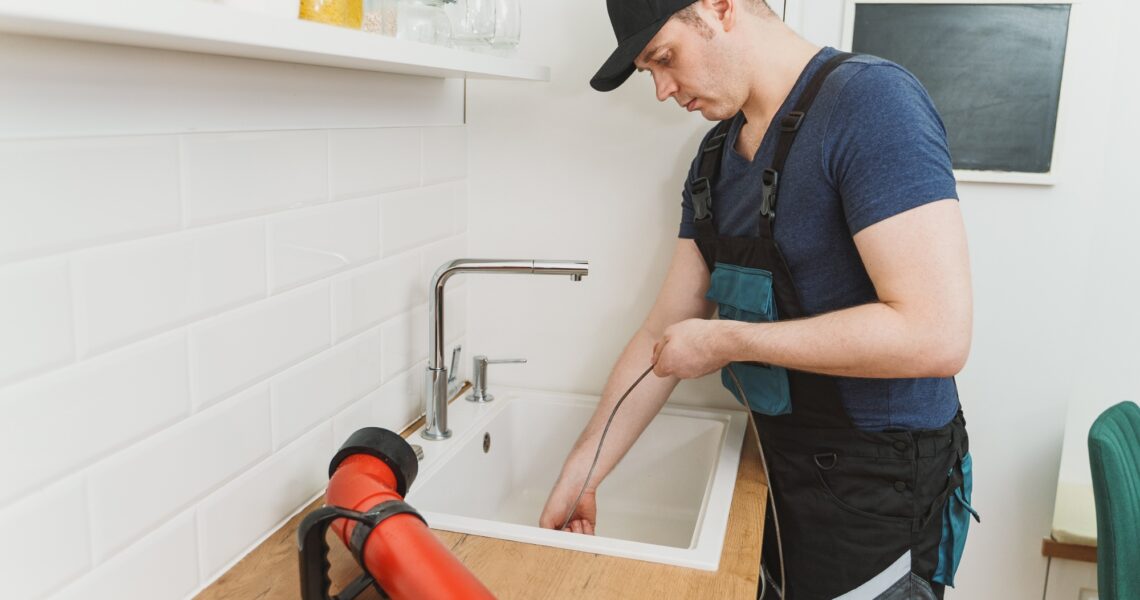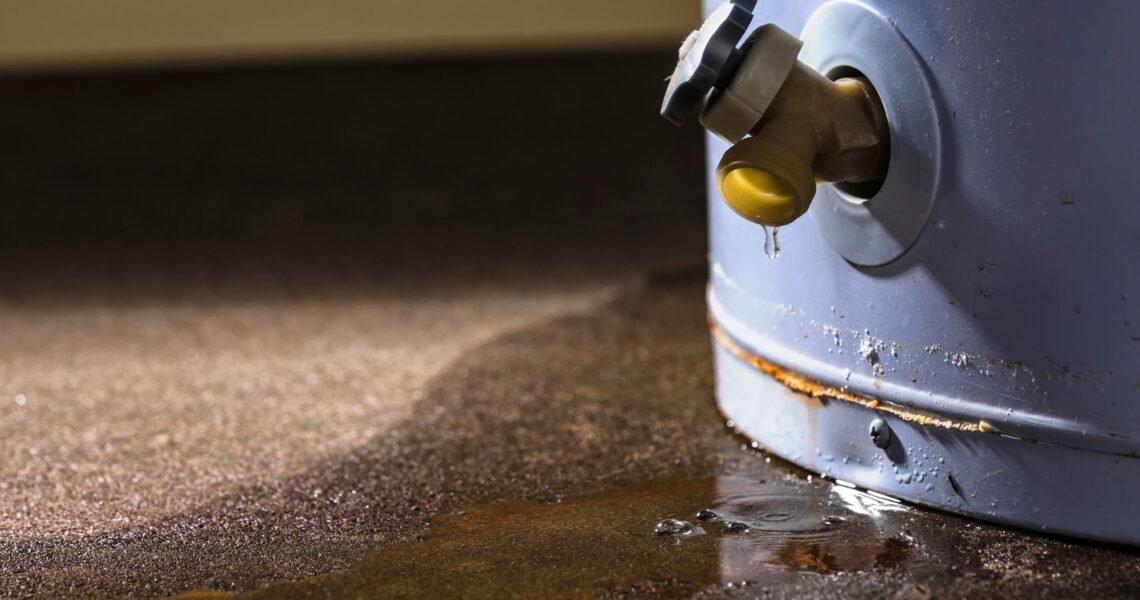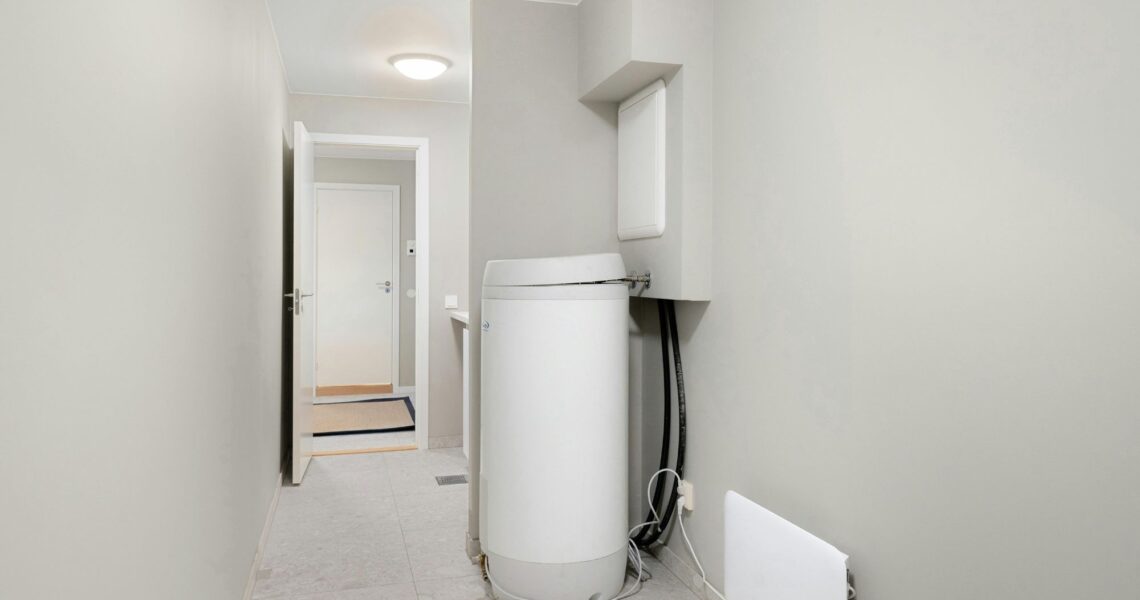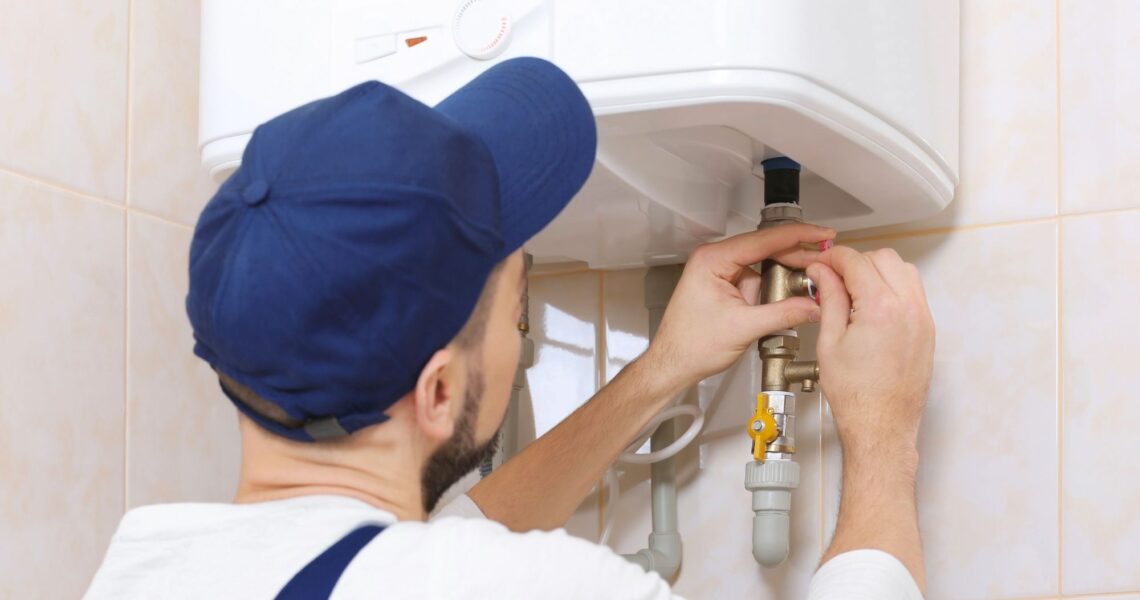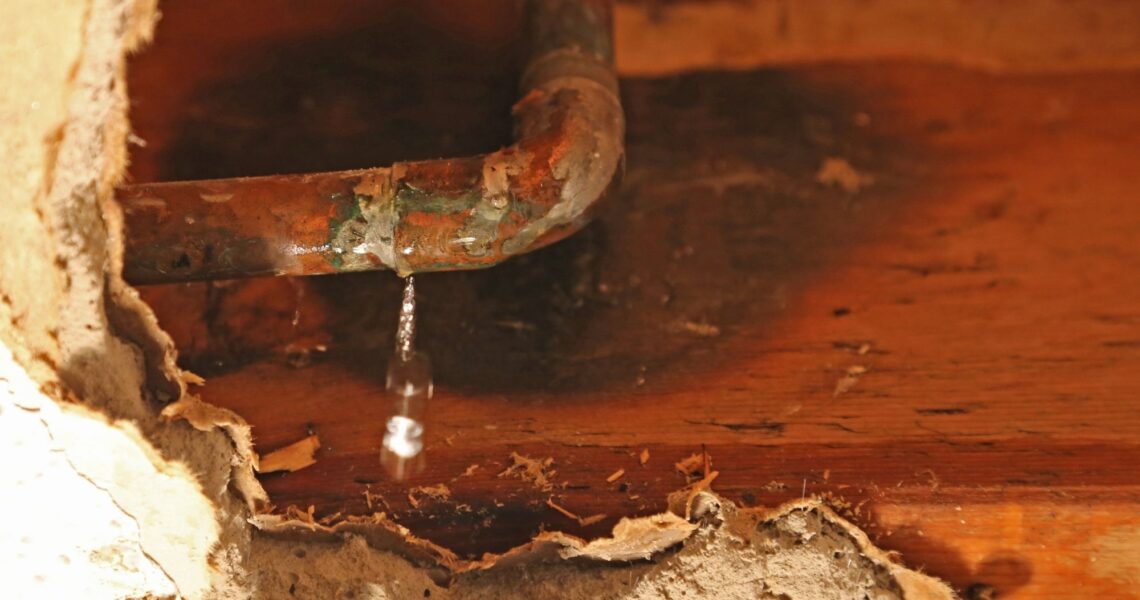How to Fix a Slow Drain in Shower: DIY and Pro Solutions
A slow drain in the shower is more than just a minor annoyance. Water pooling around your feet can make showers unpleasant and may lead to mold growth, foul odors, and even long-term damage to your plumbing system if left untreated. (more…)
How Long Do Well Pumps Last? Lifespan & Maintenance Tips
For homes that rely on wells for their water supply, the well pump is the heart of the entire system. It pulls water from underground into the pressure tank, delivering steady water pressure and flow to faucets, appliances, and irrigation systems. Like any mechanical equipment, well pumps don’t last forever, and many homeowners ask the same question: how long do well pumps last? (more…)
Best Way to Clean a Sink Drain: Safe DIY & Pro Tips
A dirty or clogged sink drain can be more than just an inconvenience; it can lead to lingering odors, slow drainage, and long-term plumbing damage if not addressed. Whether it’s in the kitchen, bathroom, or utility area, your sink drain collects all kinds of residue: food particles, soap scum, grease, and even hair clogs. (more…)
No Water from Well? Troubleshooting Causes and Solutions
If you suddenly have no water from your well, it can be a frustrating and stressful experience. Many households depend on shallow wells as their main water source, supplying water to the entire house, so losing water disrupts essential daily tasks like cooking, bathing, and cleaning. (more…)
Why Does My Shower Drain Smell? Common Causes & Fixes
A smelly shower drain is more than just a minor nuisance; it’s often a sign of a plumbing issue that could lead to bigger problems if ignored. Homeowners in Connecticut and New York frequently deal with unpleasant odors wafting from their bathroom drains, especially in older homes or during seasonal humidity shifts. That distinctive rotten egg or musty smell coming from the drain isn’t just annoying; it could mean bacteria, gases, or stagnant water are lingering where they shouldn’t be. (more…)
The Best Ways to Learn How to Unclog a Drain Quickly and Easily
Few things disrupt your daily routine like a clogged drain. Whether it’s a slow-draining bathroom sink, a backed-up kitchen sink, or standing water in your shower, drain clogs can lead to foul odors, water damage, and costly plumbing issues if left untreated. (more…)
How to Flush a Water Heater: Step-by-Step Guide for Homeowners
Flushing your water heater might not be the most glamorous household task, but it’s one of the most essential maintenance jobs that can help you save money and extend the life of your unit. Over time, minerals like calcium and magnesium from your water supply settle at the bottom of the water heater tank, forming sediment. This sediment buildup can lead to lower heating efficiency, higher energy bills, corrosion, and even system failure.
(more…)
How Long Do Water Heaters Last? Lifespan, Warning Signs & Tips
Your water heater is one of the most essential appliances in your home, quietly delivering hot water for showers, dishwashing, and laundry every day. But like all equipment, it has an expiration date. If you’ve had your current unit for a while, you may be wondering: How long do water heaters last?
(more…)
Water Heater Not Working? 5 Common Issues and What to Do Next
A water heater not working can be more than just an inconvenience; it can halt your daily routine entirely. Whether you’re stepping into a cold shower or discovering dishes still coated in grease because there’s no hot water, it’s a frustrating disruption. For homeowners in Connecticut and New York, especially during colder months, hot water isn’t a luxury; it’s essential.
How to Check for a Water Leak in Your Home: Step-by-Step Guide
Water leaks are one of the most common causes of unexpected spikes in utility bills. A slow leak from a toilet tank or a hidden pipe under your foundation can waste thousands of gallons of water each year. draining your wallet and damaging your home. Learning how to check for a water leak early can save you money, reduce water waste, and protect your plumbing system from long-term issues. (more…)

